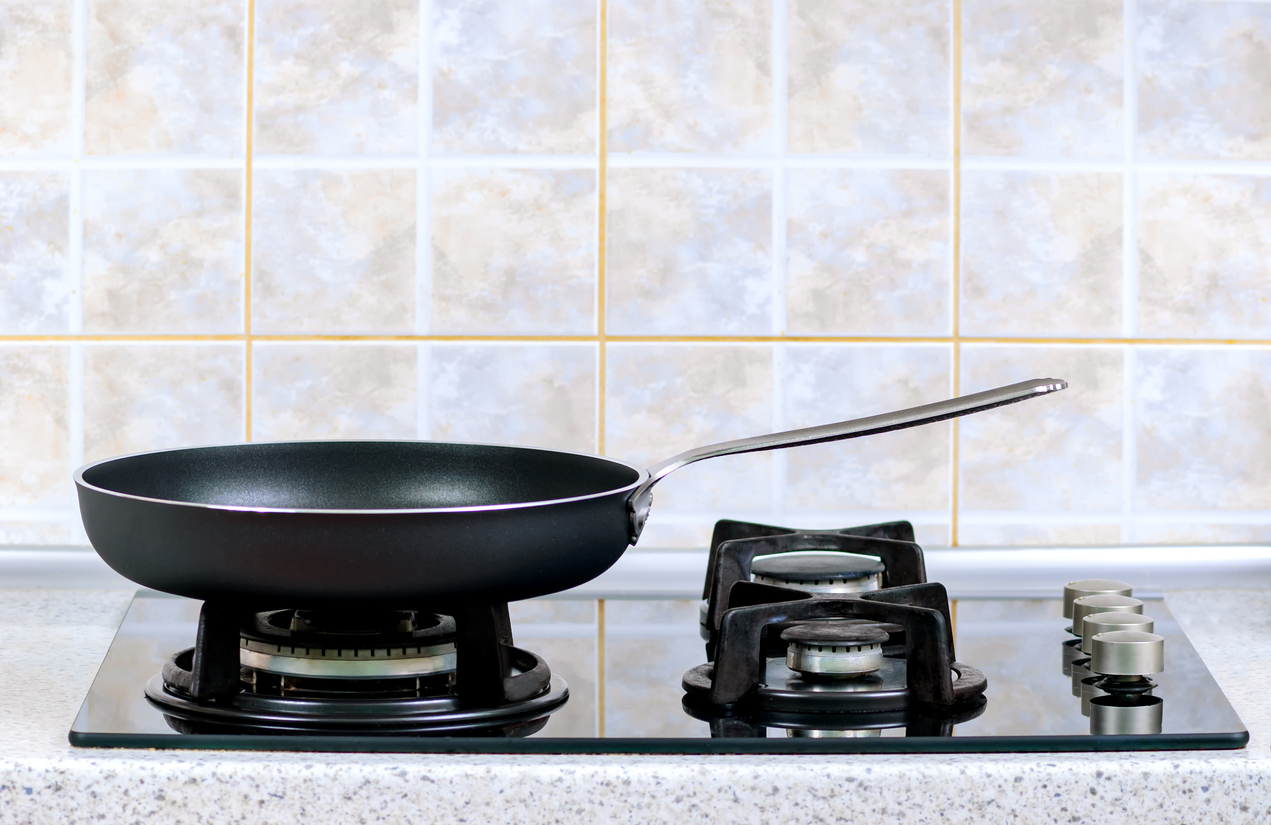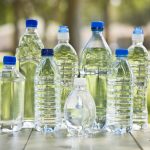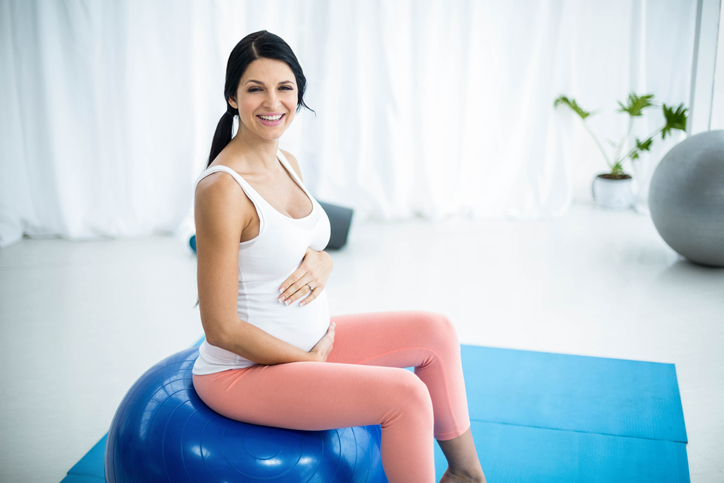Short Answer: Non-stick pans can emit toxic fumes when overheated. For this reason, the Environmental Working Group (EWG) recommends using safer types of cookware (such as stainless steel or cast iron) whenever possible.
Non-stick cookware is incredibly popular, mostly because (as the name implies) it’s non-stick and easy to clean. In fact, back in 2006, pots and pans with special non-stick coating (teflon being the most popular version) made up 90% of all aluminum cookware sold in the US. In the last few years, however, people are rethinking non-stick due to concerns over toxic chemical emissions. So what is it? Are non-stick pans safe or not?
Heat Affects Safety
The answer is yes, and no. They are safe…just as long as they are not overheated. The trouble is, pans are kind of designed to be used with heat, so this creates a problem.
Robert L. Wolke, Ph.D., a professor emeritus of chemistry at the University of Pittsburgh warns “there’s a whole chemistry set of compounds that will come off when Teflon is heated high enough to decompose”. At high temperatures, the coating begins to break down at a molecular level and toxic particles and gases, some carcinogenic, can be released. We’re pretty sure this is not the kind of stuff you want to be inhaling while making Tuesday night supper.
How Hot Is Too Hot For Teflon?
The danger zone starts at temperatures above 500 degrees F. This is when the breakdown of particles begins and chemicals are released. At super high temperatures, 660 degrees and above, pans may emit fumes strong enough to cause the so-called “teflon-flu”, which includes fever, chills and headache symptoms. Some people might be concerned about swallowing non-stick coating from a flaking pan – but the chemicals are inert when solid, and would most likely just pass through the body without causing harm.
Still, the potential danger of inhaling fumes when cooking with non-stick pots and pans isn’t something you want to simply ignore. The EWG’s commissioned tests that showed in just two to five minutes on a conventional stove top, cookware coated with teflon could exceed the temperature at which the coating begins to break apart and emit toxic particles and gases. Yikes!
For this reason,the EWG recommends using other safer materials for your pots and pans; mainly stainless steel or cast iron. These stand up well to high temperatures. And while they may take a little more elbow grease to clean, the peace of mind they provide for your family will make it worth it.












